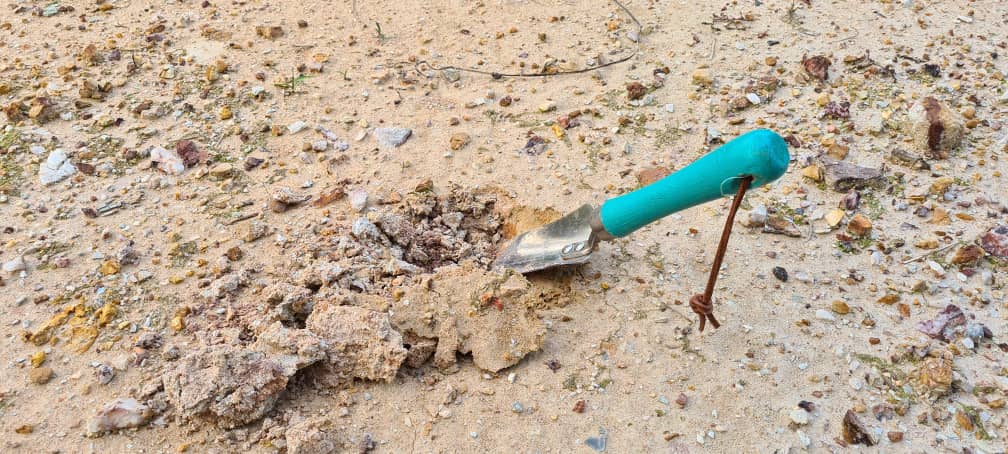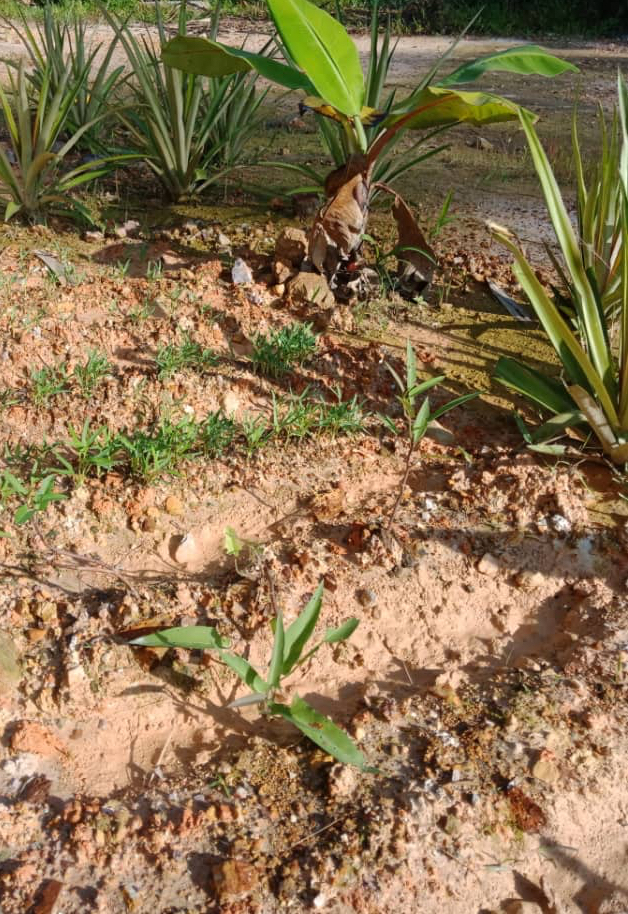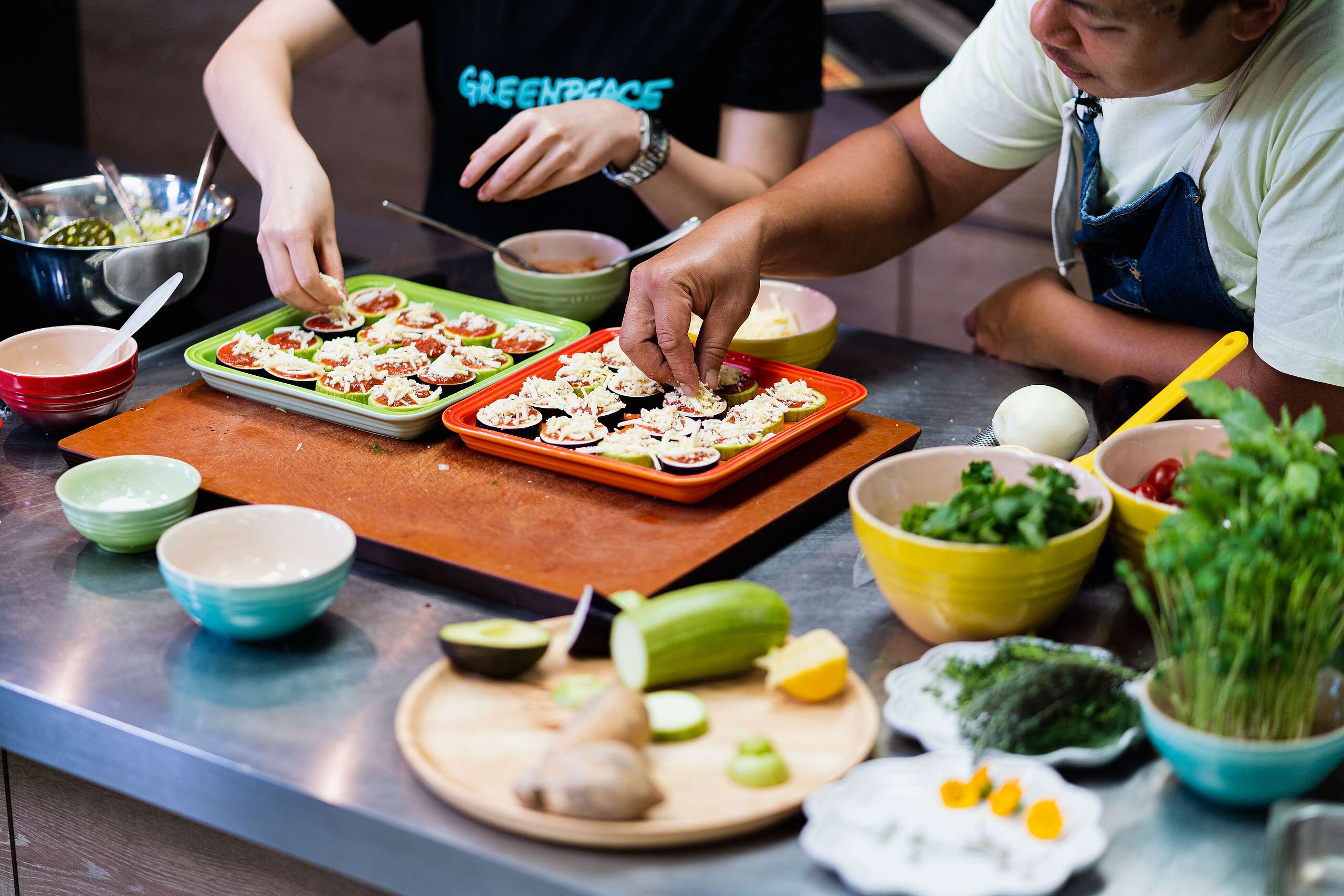It’s not ‘waste’ if you’re using it, right?
For those of us staying at home because of the Movement Control Order (MCO), we’re bound to be cooking more often to avoid the risks of heading outside – and that’s not necessarily a bad thing. It (hopefully) means healthier food options and the chance to get creative with those old recipes or experiment on new ones.
With it though comes the increasing likelihood of green trash leftover from cooking at home. Not so fun fact: Malaysians waste about 16,688 tonnes of food per day and according to the Solid Waste Management and Public Cleansing Corporation (SWCorp), the total amount of food waste can fill up to 16 twin towers this year.
So, what can we do about it you ask?
The first step and easiest step is waste segregation, or separating your trash. We’d recommend separating your food waste from dry waste such as recyclables into separate containers. It’s easier to reuse, recycle or dispose of them once separated.
**Psst – Pro-tip: Recyclables like plastic containers have to be washed and dried before separated to increase the likelihood of the recyclables actually being recycled instead of ending up like regular trash (in landfills) due to contamination.
GUERRILLA COMPOSTING
Sometimes, it’s better to compost them instead of going out (eek!) during the MCO and taking on risks for something as trivial as dumping the garbage. Clean, dry garbage lasts longer, without stinking up your house. So separate your waste. And as for the kitchen scraps, compost away! It’s so simple if you do it the ‘guerrilla’ way ?
Step 1: Separate your greens (fruits or veg) kitchen scraps and organic waste from dry waste. If you have space, you could even keep them in the fridge first.
Step 2: Once you have enough food waste (2-3 days of cooking scrap), take it outside. This could be a small back garden, or even your balcony with a few plant pots. Anything would do as long as you have a little bit of earth 🙂
Step 3: Dig up a little of the dirt (either from your garden or your plant pot) and put the scraps in. It doesn’t have to be a lot, just as long as you have enough dirt to cover the top fully. Then cover it (so our friendly neighbourhood musang or cats can’t get at it), and leave it. Voila!


You have just provided your garden / plant with FREE extra nutrition. The scraps will rot in a few weeks and be one with the earth.

GROWING VEGETABLES FROM SCRAPS
Not only can food waste be used for composting, some vegetables have the strong ability to regrow, as long as they’re handled properly that is. With the right amount of water, enough sunlight as well as time and some patience, you can create your own little vegetable patch at home.
So turn your old vegetables into delicious ingredients that can help you save cost and be environmentally friendly in one go! Tending to your mini garden patch can also be a family affair.
Here are a few vegetables that can regrow from scraps you might otherwise throw out:
Carrots
Step 1: Use the heads of your carrots and leave them to soak in a container with about 1cm of water. Place them in a well lit area (near your window or on the balcony).
Step 2: Change water in the container every 3 days.
Step 3: Within a week, the carrot head will grow new shoots. These newly grown leaves can be used in salads.
Step 4: If you leave it to continue growing, flowers will bloom from the carrots and bear seeds for you to grow new carrots!
Cabbage
Step 1: Cabbage and lettuce are all highly adaptable vegetables. The easiest way to plant them is by cutting the vegetable head.
Step 2: Use two long bamboo sticks, and skewer them through the vegetable head in a cross shape. Place it in a container and let the water soak the roots in a well-ventilated and well-lit area.
Step 3: After about a week, the vegetable head will grow new leaves. At this time, it can be transplanted into the soil so it can gradually grow into new vegetables, waiting for the harvest!
Garlic
Step 1: It all starts with the heads garlic heads (yes, again with the heads). These usually have a few green shoots already when bought in the market.
Step 2: Bury these heads in the soil and it will naturally continue growing into longer stems. Both garlic, and the newly grown stems are also delicious vegetables!
Alternatively, a similar method can also be applied to red onion heads and onions. However as onions are more hydroponic – place the entire onion into a bottle filled with water and leave the roots to absorb water.
Once your vegetables are growing merrily in the soil, go ahead and use those newly learnt guerrilla composting skills to help them on.
Happy GUERRILLA composting and URBAN farming with your mini veggie patch!




Discussion
Noice
Nice